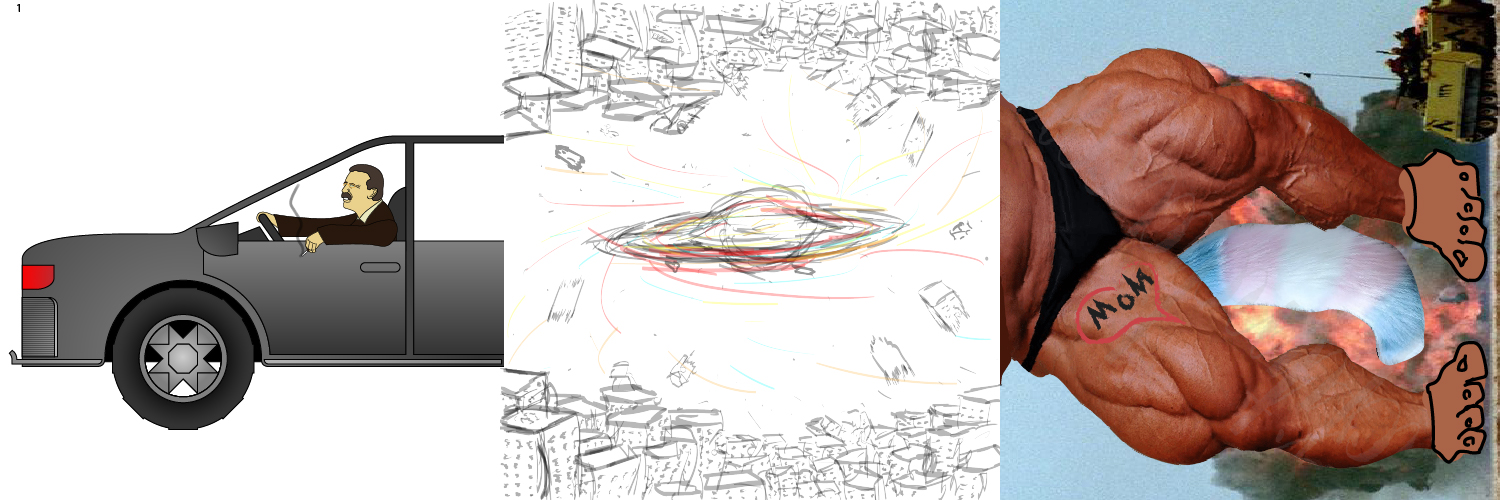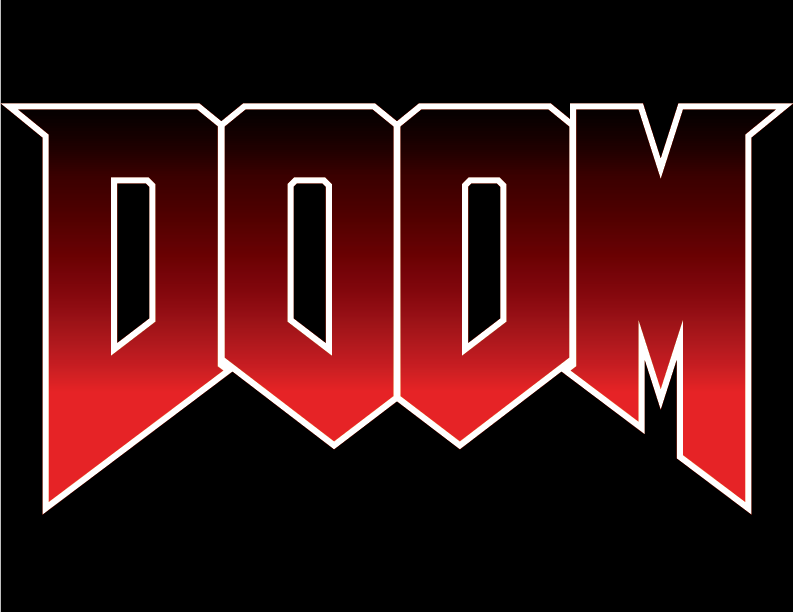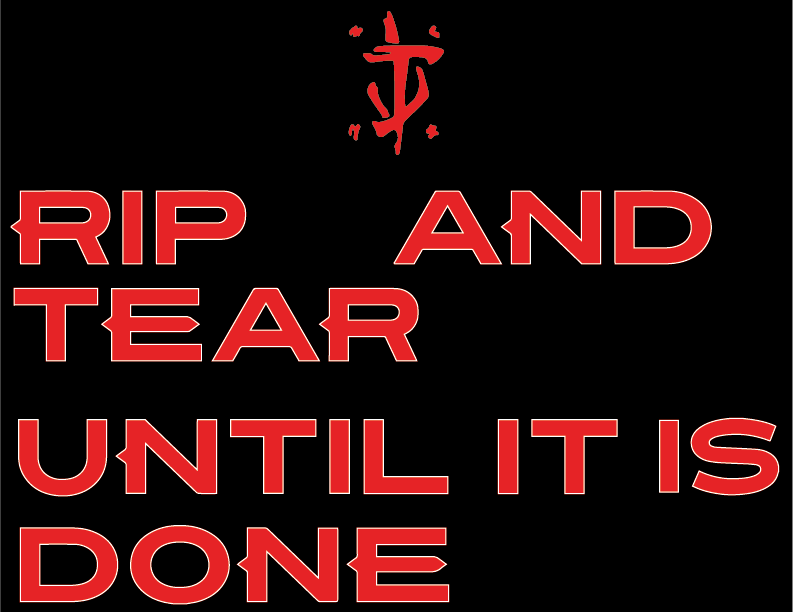Introduction
Undoubtedly one of the most important facets of the curriculum at Freestyle is the art of effectively communicating through multiple different means- audio, visual and more. The Narrative unit is all about breathing life into a short story by imbuing it with elements of sound, visuals, and other sensory enhancements. The end result is a truly layered and nuanced experience, and the product of extensive learning and practice with different softwares and techniques.
This project was very valuable for me- a person who reaps great joy from engaging people with compelling stories, and who takes keen interest in digital arts. Not only did I learn about what makes an interesting and compelling narrative and sharpen my storytelling techniques in English, but I also learned how to give that story whole new dimensions of character in Digital Media and Design. This project greatly enhanced my proficiencies with Pro Tool and Adobe Illustrator.
Story
My story, a flash-fiction narrative, is called Der Fragesteller, and centers around the relationship between two characters: a prisoner of war and his interrogator. I aimed to explore the themes of friendship, trust, loyalty, duty and how those things affect each other in different ways. My inspiration for this setting and theme comes partially from the real life story of Hanns Scharff, a real life German interrogator from WWII who used completely non-physical means to extract information from his subjects.
I greatly valued writing this story. Writing, for me, is an immensely satisfying creative exercise, especially so when it’s about something I’m interested in. To be able to share something I wrote with my peers and receive feedback so my vision can be the best it can be, and to offer feedback to my friends regarding their work, was stimulating and encouraging.
Der Fragesteller
It was not the many oppressive monolithic buildings of the prison’s campus that made Sergeant Calvin shiver, but the biting wind. The small window in the corner of the waiting room was cracked halfway open, letting in the chill of the December breeze. Although he tried to come off to his captors as unfazed as possible, Calvin couldn’t help but succumb to what seemed like his only weakness: the cold. His file made him seem invincible: leader of the 39th Volunteer Ranger Battalion, dozens of successful operations —it was clear that he was no ordinary man.
One morning, Calvin did something he rarely ever did and pulled down his sleeves, concealing his large forearms. Fragesteller Vogt, his interrogator, made note of this as they walked along the border of the prison ground near a cropping of trees. Of course, such things weren’t a problem for him- his long uniform standard overcoat quelled the cold just fine.
He continued walking along with his subject, maintaining his typical casual stride and heaving his stocky frame from side to side, while Calvin, ever resistant to show the slightest amity to any Nazi, looked directly ahead and shifted his large body weight away from Vogt. If he was ever going to get a shred of useful information, Vogt needed to try a different approach.
The pair made the usual rounds through the prison grounds, peppered with small groves of trees and little lawns. Once the noon bells struck, Vogt once again led his subject back to his cell on the first floor of the main complex and waved Calvin off with a smile. This, of course, was never reciprocated, but sometimes met with an impressively long-ranged glob of spit. After mandatory supper, Calvin would spend precious “unmonitored” time in his cell, seeming totally occupied by his own thoughts. Vogt always wondered if he was thinking about home, suicide, or escape.
It wasn’t long until his suspicions were confirmed by Calvin’s first attempt to flee the complex. He didn’t get far, but farther than Vogt had expected, incapacitating multiple guards in the process before becoming incapacitated himself. Their first meeting after Calvin’s week in the infirmary was more of the same; Vogt futilly attempting to break through Calvin’s stalwart silence. The tough-guy façade he put up, however, couldn’t shield him from the blistering cold, which gave Vogt a new idea to warm up to him.
On a particularly frosty morning, Vogt arrived at the usual waiting room with one of his own coats and offered it to Calvin, who refused it initially as expected- but it wasn’t long until he conceded, wordlessly and ungraciously taking the coat from Vogt’s extended hand. Wearing it every day for the rest of winter, he seemed not only physically warmer, but was also the smallest bit more receptive to Vogt’s questions and attempts at conversation. He sometimes talked about how the snow reminded him of his childhood hometown in Wisconsin. The façade was cracking.
Come spring, the coat came off and the sleeves came back up, but as the snow melted, so too did part of Calvin’s own icy barrier. As they strolled each morning, they discussed their shared distaste for swing music, stories about their wives, about their mothers, about travels. Vogt didn’t dare mention Calvin’s earlier escape attempt; it would destroy everything he was working towards, maybe permanently. He knew, however, that Calvin still thought about escape; even after all this time, he still wore the same contemplative expression when alone in his cell.
Something changed one sunny April morning. For the first time, Calvin seemed outwardly enthusiastic about that day’s meeting. He wore the smallest, most reserved grin on his face when he stepped out onto the courtyard from the waiting room; a smile which continued through the whole morning. He also allowed himself to speak about more personal things with Vogt: his dreams, his family, his childhood- his battalion. It all came very naturally out from him and he answered Vogt’s questions without a second thought: where were they in Belgium when they were captured? Was it cold there? Wonder where they are at this time. Is he close with his fellow rangers? How many are there?
Early into May, what Vogt had been expecting for a while happened. Calvin made another attempt to escape. He got startlingly far this time. He seemed to have chosen his movements much more purposefully and carefully than he had a few months ago. He seemed much more familiar with how the prison worked, where the guards would be, where they wouldn’t be, which doors led where. In the end it didn’t matter, however. Even if he came close, even killing multiple guards in the attempt, he was recaptured nonetheless. This whole unpleasant ordeal made Vogt realize that Calvin was too familiar with the way things worked. He knew things that he shouldn’t have.
Frantically, Vogt tried to recall if he had told Calvin any compromising details about the prison and its anatomy… but he couldn’t seem to remember if he had. Their conversations together had been so natural. He would have been aware of what he was saying and filtered himself, right? Was it really possible that he had let slip information which Calvin used to propel himself and put German men to death? Was Vogt’s crushing guilt warranted? Who had been interrogating who?
It didn’t matter either way. Vogt had learned what he needed to know, and Calvin was executed after having been deemed dangerous by the prison psychiatrist. A new thought occurred to Vogt. Was it that he was simply trepid during his first attempt? Maybe Calvin had realized that he had given his battalion away, and thought he had nothing left to lose… the thought made Vogt’s mind churn and did nothing to quell the overwhelming guilt he felt. He should have been more tactful, more discreet, but he wasn’t. He wasn’t and it cost the lives of two German men, and a friend.
Illustrations
Indubitably my favorite part of the Freestyle curriculum has been learning Adobe Illustrator. The amount of varied and nuanced tools it provides offers near infinite opportunities to create unique visual projects and express one’s creativity with unobstructed clarity. In Digital Media, the first large project we worked on in Illustrator was the Exquisite Corpse project, wherein three independently-created projects are sewn together at their ends to form one unit. My group produced the image below:

A larger and more important project involving Illustrator was our “Illustration Project Choice.” We got to choose what type of real-life object we’d like to make with Illustrator elements, examples including stickers, patches and buttons. I chose the option that made the most sense and that any reasonable person would choose: to apply my own design to an article of clothing.
I quickly decided what I wanted to put on a piece of clothing: DOOM. DOOM’s logo is large, recognizable and easily visible and readable from a distance, and it’s probably my favorite video game at the moment. All I needed to do was create a stylized version of the DOOM logo, cut it out and iron it onto a hoodie. This was my final design:


This was a very fun and fulfilling project for me, as it allowed me to blend two of my passions together and create something unique and memorable out of them.